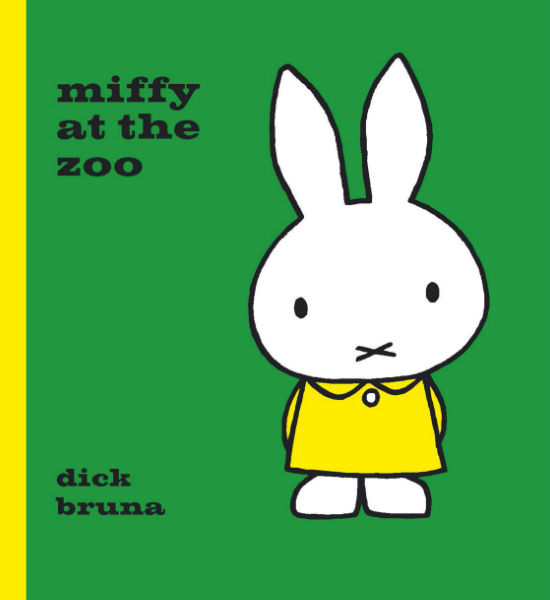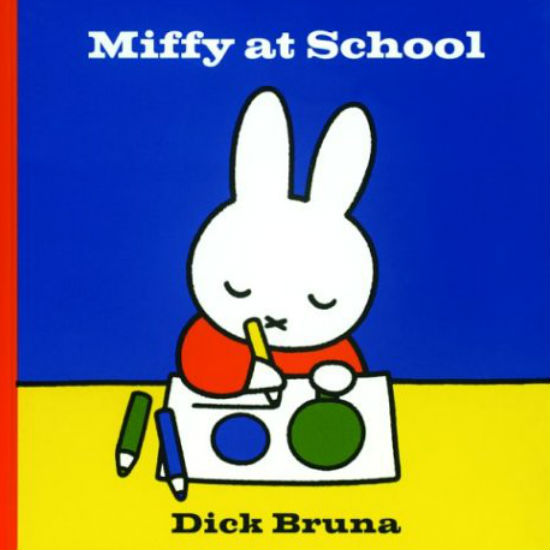
Dick Bruna, creator of Miffy, died at the age of 89 in February 2017.
That might seem like a brutal way to begin an homage to one of the children’s books series, and characters, I treasured most as a child, but the truth is his death rattled me far more than that of many other great writers and actors of the years in which I grew up.
Partly because my dad had just died eight months before, his death still very raw and present, a marker of my passing years that sat painfully atop, and almost obliterated, every other aspect of my life at the time; but also because his passing reminded not so much of the time rushing by, although it did, but the fact that so much of what I loved of my childhood had been created by people who would soon no longer share the planet with the very characters they had created.
There is something confronting about that, especially when you’re talking about a cute cartoon rabbit that debuted in 1955, 10 years before my birth, inspired, so says Bruna’s obituary in The Guardian, by the need “to entertain his infant son after they saw a rabbit in the dunes while on a seaside holiday.”
That largely explains why this post has been kicking around this blog for almost 18 months, something I desperately wanted to write because I adored Miffy’s sweet, colourful innocence, but almost next to impossible to put pen to paper because of what she now represented.
Quite a lot to sit on one small rabbit’s shoulders.

Oddly, despite being enraptured from almost the word go by Miffy’s bright, vivacity countenance, Bruna’s “little rabbit” (from Nijntje which is what Miffy was called in Dutch, the author’s native tongue) was not universally loved by parents:
“But Miffy was not an overnight success; parents weren’t impressed with Bruna’s iconic simplicity: “They said, ‘Oh, that’s too simple. The colours are too bright and I don’t like blue and green together,'” he told the Guardian in 2006. “But I thought it was nice to make everything as simple as possible to give children lots of room for their own imagination.”” (The Guardian)
That surely was the very essence of her appeal, along with her adorably lovely disposition and Bruna worked hard to make sure she was as appealing and emotionally-rich as possible:
“Bruna, who also worked as a graphic designer, spent years finding the specific red, blue, green and yellow that would become known as the Bruna colours. He would later expand his palette for Miffy’s friends Snuffy Dog, Boris Bear and Poppy Pig, but again agonised over the right shade of grey, brown or pink. Despite all of the books, he said that he found drawing Miffy’s eyes and famous ‘x’ shaped mouth hard: “That’s all you have. With two dots and a little cross I have to make her happy, or just a little bit happy, a little bit cross or a little bit sad – and I do it over and over again. There is a moment when I think, ‘Yes, now she is really sad. I must keep her like that.'” (The Guardian)
You could see all that love and care in every last one of Miffy’s almost 30 adventures, which began in 1955 with Miffy and Miffy at the Zoo (the title most indelibly imprinted on my mind and which I still own) and finished in 2017 with posthumous title Miffy is Naughty.
Each of the stories were just 12 pages long, printed in a small, easy to hold size for a child, a reflection, says Wikipedia, of Bruna’s belief that “that his audience [feel] that his books are there for them, not for their parents”.

Honestly I’m not sure any of that ever crossed my five-year-old mind although I did love the fact that the books were easily able to be held by me, that they were astonishingly bright, suffused with Bruna’s primary colour palette – and I was, likely always will be, enraptured by everything vividly colourful so my love of Miffy’s distinctive look makes perfect sense – and that Miffy was as inquisitive and eager to learn about and experience the world as me.
That makes sense; books for kids of the age I was when my mother first introduced to Bruna’s enduring creation are supposed to engender and cultivate the kind of curiosity that was Miffy’s trademark.
But there was something captivating about the way Bruna made something so profound and wonderful look so easy, simple and effortless.
It wasn’t of course with Bruna, again according to The Guardian, working “seven days a week and rose at five every morning” despite “his huge financial success” but then truly great, affecting creations rarely are, as anyone who has ever lived to one of ABBA’s pop gems can attest.
Bruna saw what he did as nothing much it seems, telling The Guardian in 2006 that “I just see it as a very ordinary job. There is nothing else I can do, apart from make little drawings and stories.”
I am not alone is saying that was it was anything but ordinary.
Miffy, sweet, vivid, adorable Miffy, earned a place forever in my heart by being utterly extraordinary, a small rabbit that along with her parents, her fraternal grandparents, Aunt Alice Alice and Uncle Brian, sibling and friends like Boris and Barbara Bear and Poppy Pig, came to be a huge part of my early life in such a way that I am still writing about her almost 53 years after my birth.
That’s some kind of legacy, and I am forever grateful that I have finally reached the point, almost 2 1/2 years after the loss of my beloved dad where I can finally pay tribute to the “little rabbit” who made such a big impression on my life.